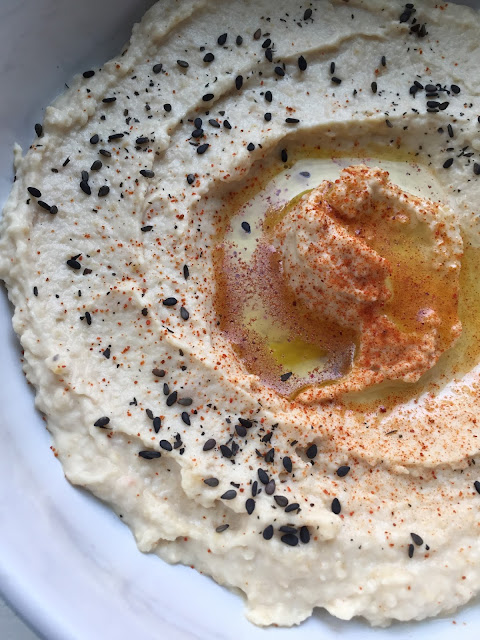Homemade Hummus
It took me a while to realize that I've done my pressure cooker a grave injustice by waxing eloquent on the merits of meen chatties in my earlier post. It was only when a dear friend - to whom I introduced the pressure cooker some years ago - sent me a photograph announcing the acquisition of a shiny new pressure cooker, that the need for a more even-handed approach became obvious.
If I had to pick the most versatile piece of cookware in my kitchen, it would be my pressure cooker. Like turmeric powder and Parachute coconut oil, pressure cookers are native to Indian households. In the Delhi apartment complex in which I grew up, a cacophony of pressure cooker whistles at mealtimes was routine. "Prestige" and "Hawkins" may mean nothing to you if you grew up outside India. But I still remember the words, held within red logos, visible despite fading labels on my mother's well-worn pressure cookers.
In many other cultures, though, a pressure cooker is an abomination too loud and risky. Often, I come across bean recipes that call for a long soak followed by a steady simmer in a heavy bottomed pot for 4 or 5 hours. I read these recipes saying "tch tch" in my head, knowing that a pressure cooker can make short shrift of the matter, reducing even the hardiest bean to mush in well under an hour.
Admittedly, the high decibel level makes pressure cookers somewhat unattractive. I've been at the receiving end, having had phone calls interrupted by the mixie whirring at full speed in preparation of dosa batter, accompanied by a whistling pressure cooker, signaling that the potatoes for the masala filling are ready to go. I'd yell "I'm on the phoooone" in protest, hoping my voice would reach my mother in the kitchen, but that rarely worked. I am a good yeller, but it is hard to beat a pressure cooker working in tandem with an equally noisy mixie.
Over the years though, I've come to see the pressure cooker as more than a needlessly noisy piece of cookware. It brings so many comfortingly familiar Indian flavors - spicy chhole, everyday dal, and mutton curries - within easy reach that it is hard not to see it as a bridge between my mother's noisy Indian kitchen and the odd stillness of life in the U.S.
Hummus
1 cup cooked and drained chickpeas (I soaked chickpeas overnight, and then cooked them in a pressure cooker with salt. I once read somewhere that the water in which you cook beans should be as salty as the sea - that is the test I use.)
2 tbsp tahini
juice of half a lemon (or to taste)
salt to taste
1 clove garlic, minced (or two cloves, but I found that to be too garlicky for my taste)
paprika, to garnish
black sesame seeds, to garnish (optional)
best quality olive oil you can find, to drizzle
In a food processor, combine the cooked chickpeas, garlic and tahini. Process until smooth. Add lemon juice and salt, tasting as you go. I added 2-3 tbsp of water at this stage to get to the appropriate consistency.
Now transfer to a bowl. With the back end of a spoon, make a swirl in the hummus, and drizzle olive oil (see picture). Dust with paprika (I used a sieve to prevent lumpy bits of paprika in the hummus) and garnish with black sesame seeds, if using.
I can think of a number of variations, including using some cooked chickpeas for garnish, which will give the hummus some texture. Or you could add herbs e.g. parsley, cilantro etc. along with the chickpeas to the food processor, for instance.



Comments
Post a Comment